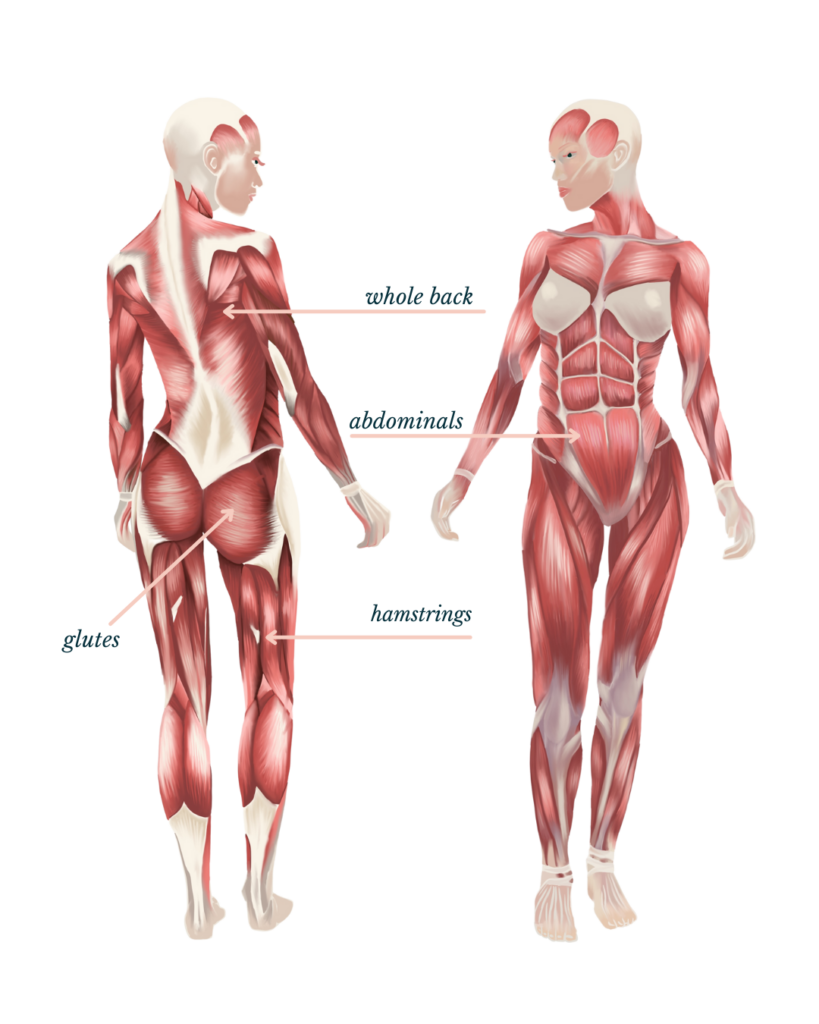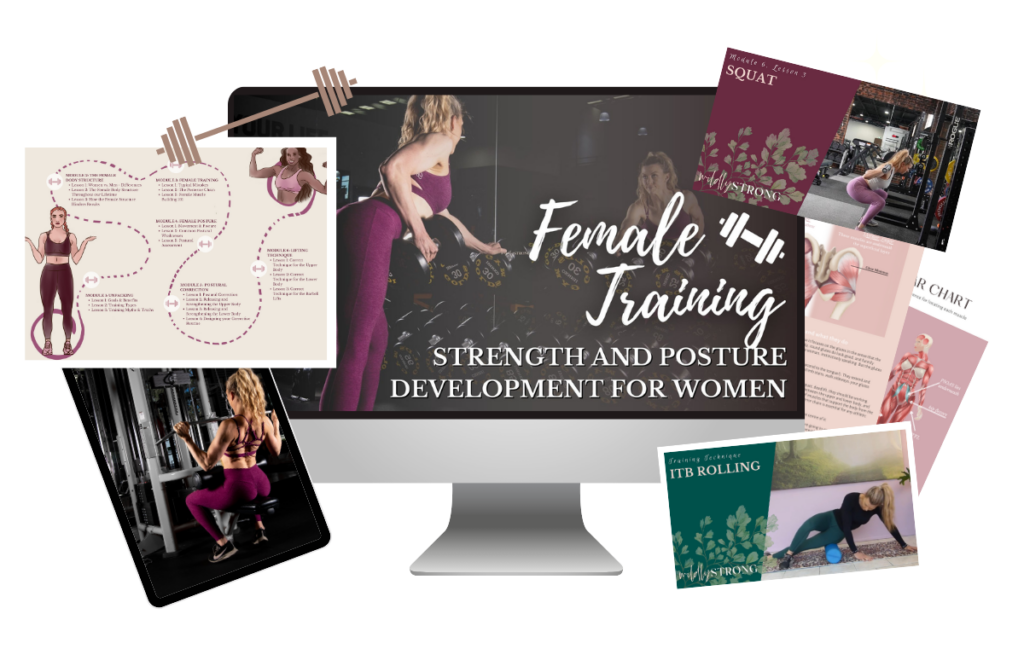Unlock great health with my FREE video series
Freebie alert: The coolest freebie around
Blog Categories
A podcast where you join me (Jen!) as I chat to fellow health-warriors weekly.
COMING SOON
Beyond the Shadows Podacst
I am on a mission to educate, inspire women to overcome health challenges (even if it seems impossible!) and step into the life of their dreams
Hey, I'm Jen
Why You Need a Strong Posterior Chain if You Want to Get Strong
Filed under:
Why you need to Build your Posterior Chain
The posterior chain is a group of muscles that make up the back (posterior) portion of the body structure. They include the back, glutes, and hamstring muscles. The abdominals (mostly the inner portion) tie this chain together into one functional unit.
Most people, but especially women, have a weak posterior chain. These are the muscles you need to strengthen when you want to improve performance, body composition, health and posture. They are also extremely helpful in pregnancy as your weight will be pulled forwards with the baby, so maintaining strength through the posterior makes child-bearing less uncomfortable.
Exercises that require a strong posterior chain in order to do them well include the squat, lunge, bench press, push up, pull-up, and deadlift. Interestingly, these are the movements most people seem to want to start on. I recommend leaving these until you feel strong, and only when your body moves efficiently.
Personally I have never met a woman who has a strong posterior chain, or who isn’t experiencing issues with their hips, knees, or lower back when they start training with me.

Identifying if your posterior chain is weak
In posture, you can identify it through forward-rounded shoulders (palms tend to face backwards when relaxed), kyphosis (the upper spine is over-rounded and hard to extend), lordosis (where the lower back arches inwards creating what you may call a ‘duck butt’), and/or collapsed feet, which usually come with inwardly rotated knees. You may have one, or all of these imbalances.
When you train, weakness can be noticed if performing weight training causes upper body discomfort including your lower back or upper traps (top of your shoulders), or lower body discomfort such as painful knees, hips, or tight hip flexors.
When squatting or lunging, if your glutes and hamstrings are weak your knees will want to rotate inwards, and you will want to push back up with your toes. You may over-arch your lower back in order to press back up to the beginning of the movement. You may feel like you never get the ‘burn’ through your glutes that you are aiming for.
When pressing or rowing, you may find that you never feel your back muscles the way you want, or your upper traps and neck might feel painful and inflamed the next day. Shrugging your shoulders when performing upper body movements is a sure-fire sign that your posterior chain is weak
Abdominally, you may find your lower back hurts, or your hips and thighs take more weight, and ‘burn’ more, than your abs do when you’re trying to strengthen them
Essentially, if too train on a weak posterior chain, although you may get stronger at first you will find that eventually you will stall in progression, as your body isn’t in it’s ideal position, and the larger, stronger, supporting muscles whose job it is to perform those movements, are hindered or inactive.
Improving the strength in your posterior chain
Strengthening the posterior chain is simple but can take a bit of messing around depending on how out of line your posture is, and how tight you are in the ‘wrong’ places. Below are the steps you would take, and that I take with my clients, to get their posterior chain working efficiently;
- Learn how the movement is supposed to look and where you are supposed to feel it, for any exercises involving the glutes, hamstrings, abdominals, or back
- Choose a weight that is light when you are learning. Leave your ego at the door. It is also a good idea to keep your learning to machine-based exercises until you get the basic principles, and move on to things like squatting and deadlifting later on when you’re ready. If you are re-learning, then you will need to lower your weight compared to where you were at before, if you aren’t feeling it in the right muscle groups.
- Note where you are feeling the exercises, if it’s your back, glutes and/or hamstrings, this is correct. If it is your neck, upper traps (shoulders), lower back, knees, or hip flexors, this is incorrect.
- Use stretching and activation exercises for the muscles that aren’t ‘switching on’ for you. This includes band exercises, bodyweight exercises, ball or foam rolling, static and dynamic stretching, and some basic/light strengthening movements.
- Continue this process until you ‘feel’ the muscles you’re aiming to feel. Once you feel them on basic exercises, then move on to harder ones such as squats, deadlifts, lunges, or other full-body movements.
Remember that results, whether you are seeking a muscular look, posture correction, enhanced performance, or any other objective, come when you do the movements well, regardless of how heavy the weight is. I have had women come in and see me who are squatting 80kg+, but in order to get their glutes working we have had to drop the weight down to 30kg and, they find this harder!
When your posterior chain is ‘activated’ and functioning as it should, your nervous system will become more powerful as will your body in general.
Heavy weights should only be lifted once technique is perfect, as building more muscle on unsupported foundations creates more work in the long run to correct it, and trust me when I say this, at some point, you will have to correct it.
Hope this helps you to accelerate your results in the gym!
STRENGTH TRAINING FOR WOMEN – The Complete Guide
If you’re wanting to dive deeper on this topic, check out my self-coaching Female Training program which covers all aspects of female training, in detail. it also contains exercise tutorials, training programs, and sure-fire baseline skills to ensure you get results for the rest of time 😉

Jen x